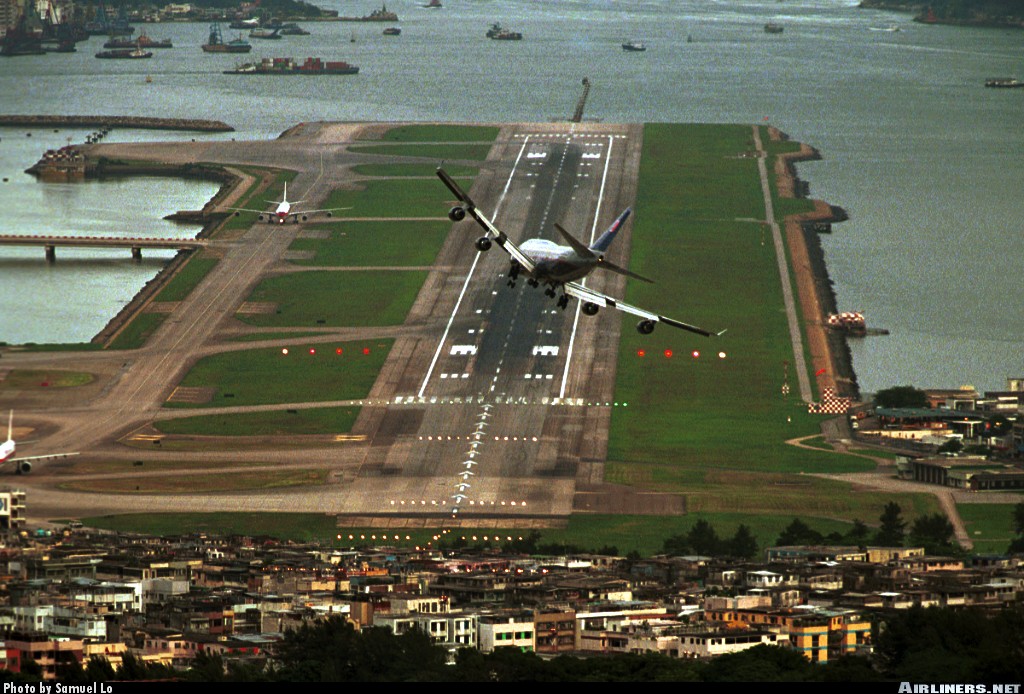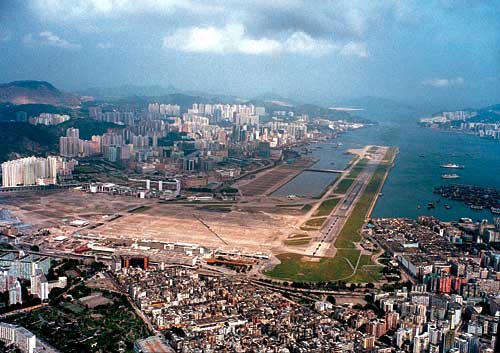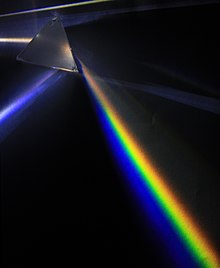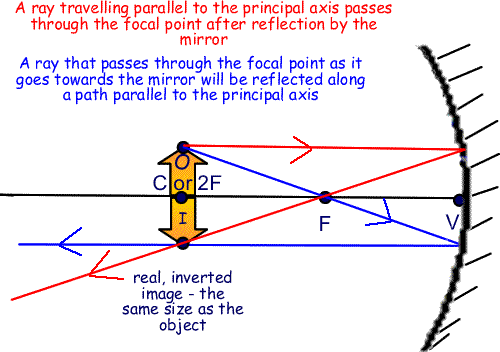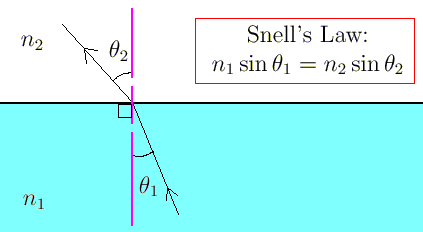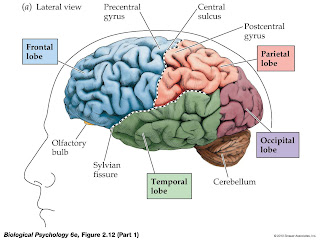 For my very last science journal, I thought
I would take some time to discuss the in class experience for the entire
science course. Although there is still an entire week left in the course and
we still have to cover climate change, I thought this would be a great
opportunity to express what I liked and disliked about the course.
For my very last science journal, I thought
I would take some time to discuss the in class experience for the entire
science course. Although there is still an entire week left in the course and
we still have to cover climate change, I thought this would be a great
opportunity to express what I liked and disliked about the course.
The grade 10 science curriculum is divided
into four units, chemistry, biology, optics and climate change. Unfortunately,
I cannot quite speak for climate change just yet as we have only had one very
short lesson on the topic. I have already talked about biology and optics in
other journals, but I will address them here again.
Every unit had their pros and cons. My
favourite unit in this entire course was chemistry, purely on the fact that I
didn’t have to remember very much. I just used my head for most questions and
did very well on all of my tests. The same goes for optics, but I had to
remember quite a bit of information in optics, which is completely fine.
Unfortunately, biology was all memorization and I felt like the unit dragged
on. I didn’t like having to memorize every part of the systems that we learned
about, and exactly what happens during every stage of mitosis.
The part of this course that I enjoyed the
most was the grant proposal summative. Although I think I am the only one who
really liked the project, I found it a lot of fun gathering information on a
topic you know close to nothing about and then creating a product that solves
some kind of problem. I also liked making a presentation to the class about our
findings and pitching to a board about why they should give us money for to
continue on with our efforts.
The part of this course that I didn’t like
at all was these science journals. I know this is my very last one, but I hate
these things with a fiery passion. I don’t like having to sit down every week
and write a page on something related to science, and then having to publish it
onto a blog at the end of the month. I found this task tedious and annoying.
However, I do see the reason why it is a part of the curriculum and why
teachers enforce it so much. It basically forces us to research things, and
make scientific inquires about them.
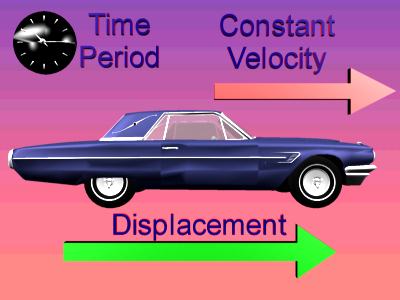 In the grade 10 science curriculum, I would
like to learn more about physics. In grade 9, we did ecology which is kind of
similar to the climate change unit in grade 10. I would much rather spend the
time on a unit which would actually teach us something new and not shove global
warming in our faces. I think that the grade 10 curriculum should replace
climate change with a physics unit such as an introduction to kinematics. I
think a couple of lessons on displacement, velocity and acceleration should
suffice. This will also give students a very rough idea of what the grade 11
physics course is so that students can decide whether they should take it or
not.
In the grade 10 science curriculum, I would
like to learn more about physics. In grade 9, we did ecology which is kind of
similar to the climate change unit in grade 10. I would much rather spend the
time on a unit which would actually teach us something new and not shove global
warming in our faces. I think that the grade 10 curriculum should replace
climate change with a physics unit such as an introduction to kinematics. I
think a couple of lessons on displacement, velocity and acceleration should
suffice. This will also give students a very rough idea of what the grade 11
physics course is so that students can decide whether they should take it or
not.
I strongly believe that other students
agree with me on giving the boot to climate change and the science journals.
Since we have so much time to do the science journals, most students forget to
do one every so often and fall behind quickly. Eventually students are scrambling
to get three or four done in one night. Also, I have heard many students
complain about climate change. Since there is usually no time left for it, I
would much rather just have an exam review week then a climate change unit.
In conclusion, the grade 10 science course
was a pretty fun one. I enjoyed it more than the grade 9 science course and it
was one of my favourite courses I have taken in all of high school. I learned a
lot more than I expected to in this course and I am excited to see what’s in
store for the senior level science courses.
